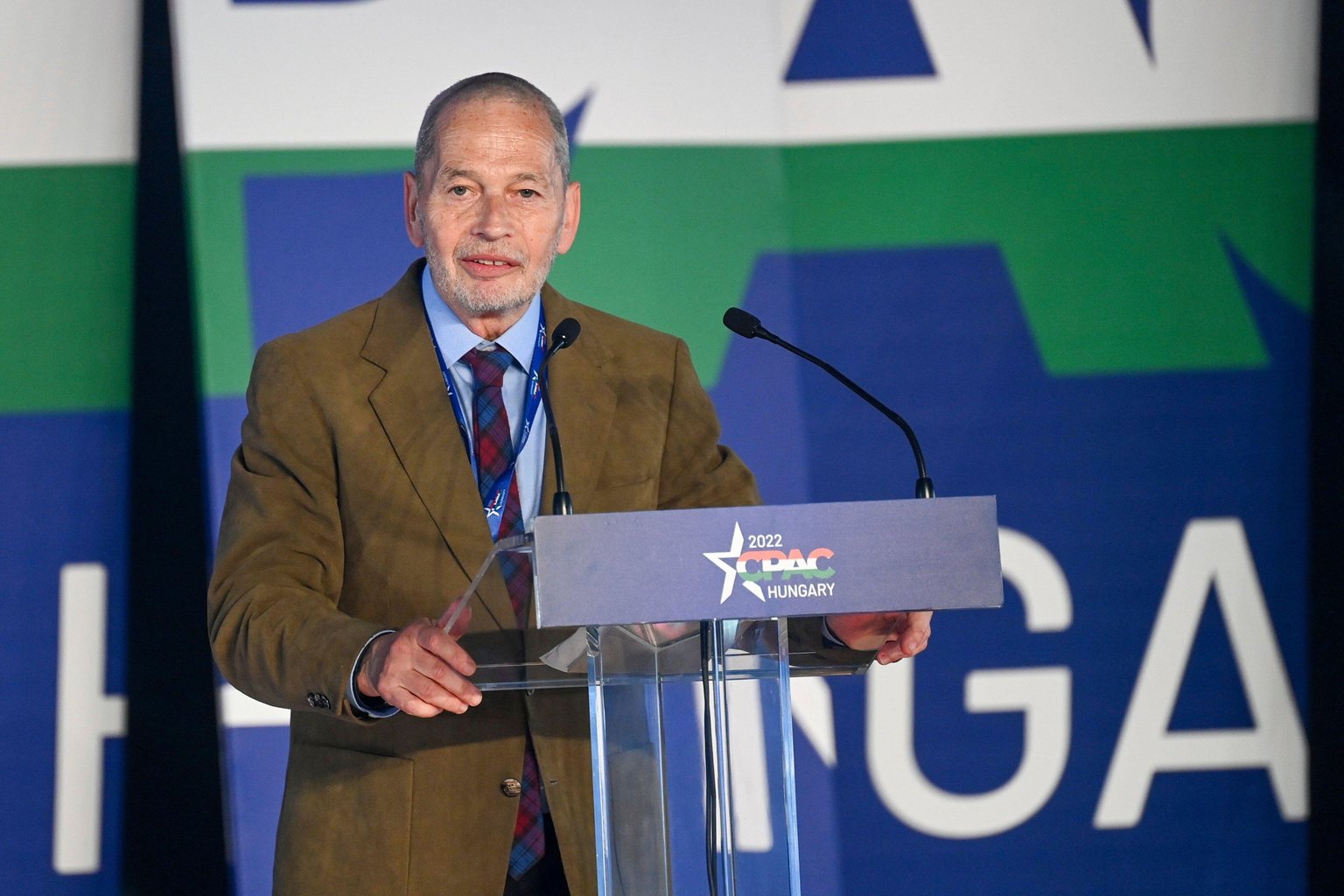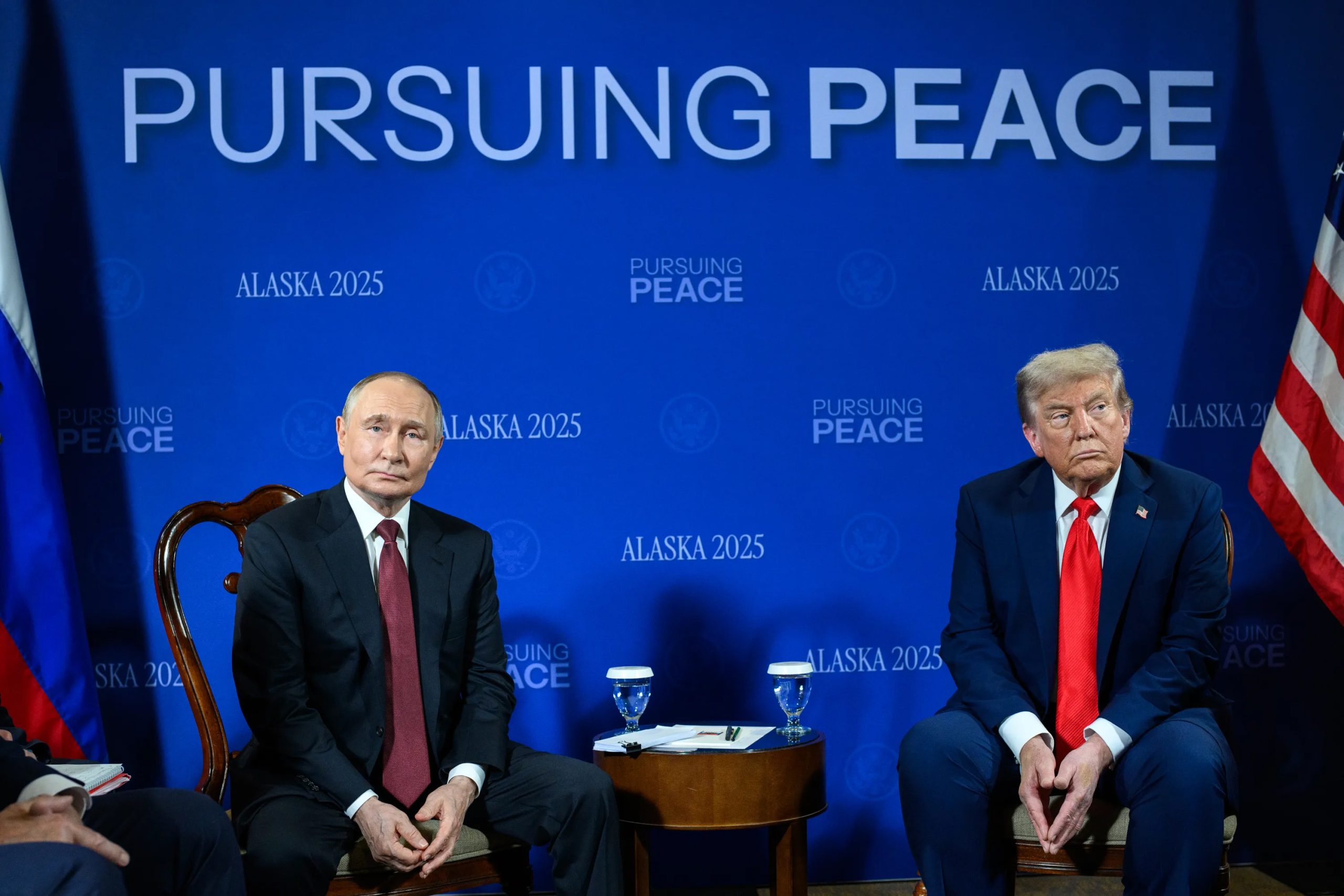 Writing for Index on Censorship magazine in 2007, the late Stan Cohen argued that child pornography and jihadi violence were testing the limits of tolerance
Writing for Index on Censorship magazine in 2007, the late Stan Cohen argued that child pornography and jihadi violence were testing the limits of tolerance
In August [2007], the 58-year-old actor and writer Chris Langham was found guilty of downloading 15 videos and pictures of child pornography (graphic and violent enough to fit the characterisation of all child pornography as child abuse). Two weeks earlier, five young British-Asian men — one was a school-leaver from London, four were students at Bradford University — were sentenced to various prison terms. They had been found guilty of possessing material for terrorist purposes (mostly downloaded from websites) that glorified Islamic terrorism, martyrdom and holy war.
Besides being suitable candidates for moral panics, these two cases have little in common. But they raised similar public issues: about the causal role and power of the mass media and especially the internet; demands for stronger regulation and control, especially through the criminal law; and, of course, serious questions about the limits of liberal tolerance and freedom of expression. Other common problems include finding viable definitions — of “pornography” (and grading its seriousness on a five-point scale, like classes of dangerous drugs) or “incitement” — and the technical obstacles to monitoring and controlling the sources of internet material.
Behind these familiar debates, there lie vital background assumptions — seldom made explicit – about the links between thinking and doing. In the holistic view, there is no clear difference between image and action. The production of a pornographic video (with its standard depiction of women as sexual objects) and the use of these images (whether in fantasy, “ordinary” sexuality or sexual abuse and rape) are part of the same social reality. We don’t find one without the other or else the one leads inexorably to the other. There is a symbiosis between the producer, source and nature of the message (whether pornography or religious fanaticism) — and the receiver, consumer or “offender”. A seamless web of values, roles and relationships binds production and consumption. In the case of porn, the image/action connection goes further: the very thing itself is made up of the reproduction of images. No representation, no pornography.
The separatist view, on the other hand, draws a clear distinction between the thought (or image) and the deed. Thus Langham had watched and downloaded images of child pornography, but he had not actively created or distributed these, nor was he guilty of sexually assaulting a child. The Bradford jihadists watched, read, discussed and agreed with poisonous incitements to mass killing; but they had not committed any acts of violence. (The 17-year-old schoolboy did get as far as leaving his parents a note that he was off to fight as a soldier of Islam and would see them next in the garden of paradise).
These opposing views run through the debate about both modes of legal control — first, to prohibit, censor or regulate supply and/or second, to criminalise demand (notably, by making possession illegal). The philosopher Mary Warnock used the Langham case to reassert the traditional liberal separatism between thought and action (Observer, 5 August 2007). Watching pornographic internet pictures of child abuse, she argues, does not necessarily entail that one is a paedophile.
Terrified as they are of paedophilia, most people do assume — as they would not for adult porn — that viewers who enjoy watching those images, will practise what is depicted. She concludes:
. . . though we feel the strongest moral repugnance both towards those who make and those who watch the images we should not use the force of law against a man’s thoughts but only against his actions.
In moral and legal terms, this is a tenable application of the traditional liberal position. But as a theory it looks a little threadbare compared with sophisticated feminist versions of holism. And it can hardly be used for an activist social policy to combat the depredations of the free market.
The whole project of protecting the individual right to self-expression must look quite anachronistic in the internet world. The sheer amount of people, money, technology and global networks that are needed to create an interface of millions of messages exchanged each minute can hardly be grasped, let alone controlled by the liberal model of civil liberties. We can almost literally “see” the rights of a government critic in Zimbabwe being violated as a radio broadcast is jammed. But where exactly in cyberspace are the free expressions of an underground website?
Some imagination is also needed about matters of motive and intent. The creators and distributors of the jihadi message obviously intended to attract, convert and recruit just the type of people they targeted — and get them primed to act (or actually plan to act) in just the ways they wanted. Producers of child pornography do not necessarily intend their viewers to be or become child abusers. They only want the audience to be stimulated enough to purchase more and more porn. They are too amoral to care about other possible outcomes and they can operate without restrictions, making profits in a largely unregulated market. In the legal sense this is a strict liability offence — neither motives nor consequences matter. There can be no defence, that is, in terms of good intentions, nor does the prosecution have to prove actual harm or increased risk.
The same logic is applied to the consumer. The jury in the Chris Langham trial rejected his motivational stories (doing research; reliving his own victimisation). They agreed with the prosecuting barrister Richard Barraclough QC:
The statement he made to the police was nothing but hypocrisy and cant. Each of his statements is a lie. He downloaded these images. They didn’t happen automatically; he chose them. That makes him guilty in law. It doesn’t matter why he did it.
It may not matter in court. But motives surely do matter in considering the likely effects of legal controls. Compare the response of ideological (convictional) offenders who proudly justify their action and reject the legitimacy of the law with those offenders who tell “sad tales”, offer excuses, feel stigmatised and profess to be ashamed of their action.
Furthermore, because the law is such a blunt instrument of social control, it cannot register the wider social effects of mass, anonymous and cheap access to the internet. Such effects — whether in the case of pornography or ideological violence — do not occur directly and immediately. Increases in rates of sexual violence, for example, cannot be proved to be caused by internet porn consumption. But only the most unimaginative separatist view, the most literal legalism or the most orthodox libertarianism can ignore the more general sexualisation of our culture. In a sense, it is too late for any empirical study of the “effects” of any medium, such as internet porn. There is no “before” from which to study an “after”. The full “pornification” thesis (Pamela Paul’s vision of the porno-sphere moving into the public sphere) is muddled and exaggerated, but there can be little doubt that as images become more accessible, affordable and anonymous, they also become more acceptable.
But how do these images influence the action of any particular individual?
Imagine the causal steps that lead to the breaking of moral and legal rules as something like religious conversion. For some converts, the new spiritual conviction seems to come from within; the role of other people (friends, counsellors, missionaries) and cultural texts (the Bible, the Koran, conversion videos) is only to confirm the initial commitment. Yet other people have not yet reached this stage; they are still standing at the “invitational edge”. For them, new friends, a prayer meeting in the local mosque, the mass rally attended out of curiosity, the website entered just about by chance, the university discussion group — any of these might tip you over the edge. There are yet other people who have the “right” backgrounds and opportunities — but have not shown even the beginnings of commitment. They indeed have to be converted or turned on by those “external” messages or sources.
In the Bradford jihadists’ case, the judge explicitly tried to remove the offences from the discourse about freedom of speech. The defendants were being punished for “being prepared” to train in Pakistan to fight British soldiers in Afghanistan.

Five men who were jailed in 2007 for being found in possession of jihadist literature. Their conviction was quashed in 2008.
Why had they broken the law?
Because in my judgment you were intoxicated by the extremist nature of the material that each of you collected, shared and discussed . . . So carried away by the material were you that each of you crossed the line. That is exactly what the people who peddle this material want to achieve and exactly what you did.
The judge was right to evoke the metaphor of crossing the line. The language and procedures of the law require this clarity. Just a step away from the legal model, however, the metaphor becomes difficult to sustain. In particular, there is little consensus about why certain lines should be drawn in criminal terms.
Is the justification primarily deterrence (preventing worse future dangers to society), justice (people should have to pay a price for this), or revulsion about the material itself?
For legal purposes, the standard liberal line between words and deeds might still be drawn. But this does not require tired and overused cliches about “thought control”. The post-modern surveillance state may indeed be invading the boundaries of privacy, but it does not concern itself too much with people’s thoughts about morality and sexuality. These thoughts are “controlled” more by global market forces, operating not in the secret underworld of internet porn, but right in the open on prime-time TV. Talk shows, reality TV, teenage drama: these are the sites where moral lines about sexuality are being redrawn.
As for ideological violence, no one can pretend that the debate is about the integrity of a private sphere (where you live as you please) and a public sphere (where you can express what you like as long as it does not libel anyone or incite hatred). The continuing legacy of last century’s ideological violence — state crimes such as genocide, torture and mass killing; massive ethnic and religious slaughter; terrorism and suicide bombing — does not easily fit the emblematic vision of earnest citizens calmly discussing the abstract right to condone the use of violence.
Debates about internet pornography and violence are landmines in the current struggle for the survival of liberalism itself.
Stan Cohen, who died on 7 January 2013, was Professor Emeritus of Sociology at the London School of Economics, and a contributor to Index on Censorship magazine
This article appeared in Index on Censorship magazine, volume 36, number 4 (2007)





